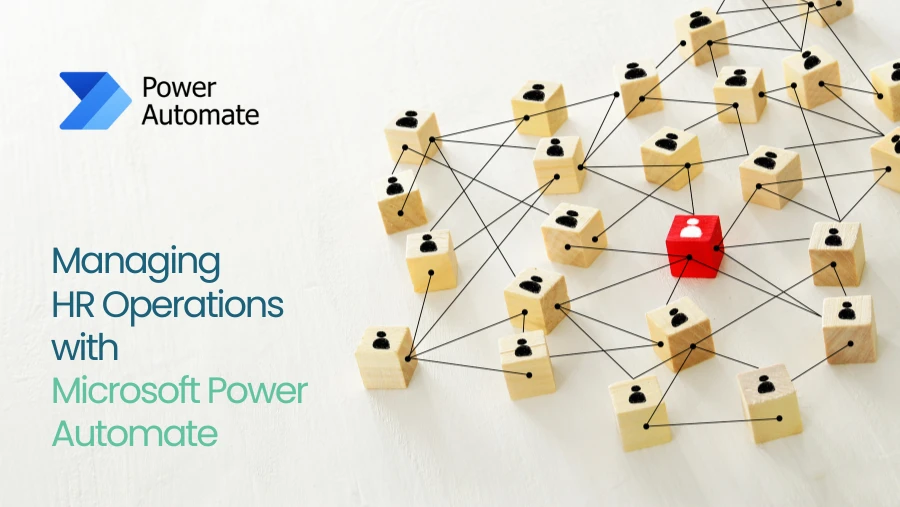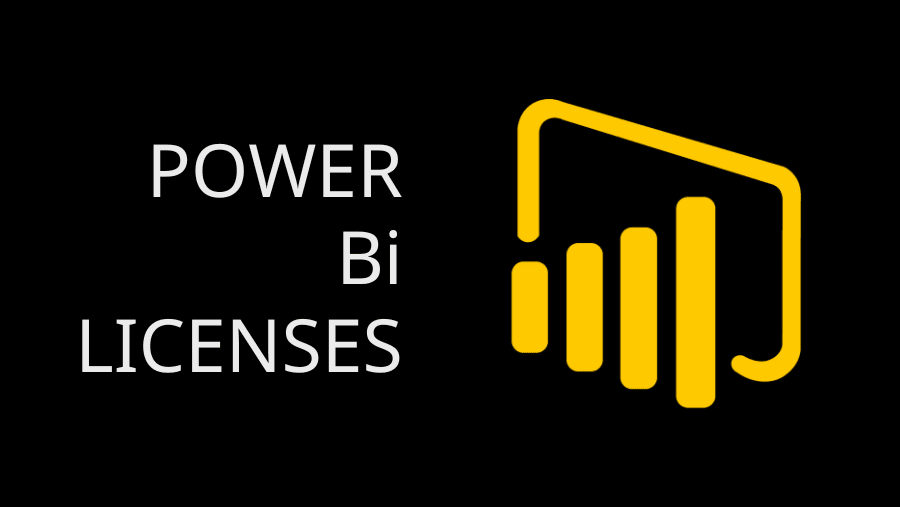Regardless of the company or platform, information security is a must-have ability for any IT professional. When you consider the prevalence of cybercriminals and the volume of files shared and collaboration with external shareholders in modern remote workplaces, this is hardly surprising. Gain a deeper understanding of how to utilize Microsoft Office 365 security best practices in order to safeguard your business data.
How does Office 365 help your secure data?
Users are in luck since Microsoft 365 simplifies information security for IT. It satisfies global requirements for security and has cutting-edge enterprise-grade capabilities. In order to ensure the utmost protection of your organization’s data, this practical guide will teach you how to use Microsoft 365 security best practices. Get on board!
Best Practices to Secure Business Data with Microsoft Office 365
1. Use multi-factor authentication (MFA)
Multiple-factor authentication (MFA) is available in Microsoft 365, and configuring it for your company is easy.
Most MFA methods use one of the three main types of verification:
- Details that you are familiar with—PINs, security questions, or passwords
- Something you own—Material possessions that you could wear, like a cell phone.
- Something about you—Biometric data like a fingerprint or a voiceprint
You can also use one-time passwords that authentication apps can send or receive via text message.
2. Least Privilege and Zero Trust
The goal of the zero-trust framework in information technology is to prevent unauthorized access to a system by identifying and blocking malicious users and devices. Protected Online Learning Practices (POLP) involve limiting user access to resources and applications until they have properly authenticated with the network. Use POLP and zero trust in Microsoft 365 by assigning role-based access controls and configuring user rights and limits.
3. Implement safe password policies
Password policies are critical for safeguarding your system and sensitive data. To make your passwords more secure, consider these two options:
- Improve the security of your passwords by making them longer and more complicated. Microsoft’s creation of Azure Active Directory Password Protection further lessens the risks posed by weak passwords.
- Passwords should not be reused and should be changed regularly. If one account is compromised, all of your accounts are equally vulnerable. Nevertheless, it can be difficult to monitor how end users utilize passwords. To reduce the risk of overusing passwords, it was necessary to implement a system that requires regular password changes and prohibits the reuse of previous passwords.
4. Setting up policies for conditional access
Applying for conditional access in Microsoft 365 allows you to control which apps and sensitive data can be accessed depending on the conditions you set.
Based on if-then rules that specify a trigger and an automatic response, conditional access policies create a set of actions. User, device, location, and danger level signals are the basis for triggers. Whatever access policies you set up for your organization will determine the subsequent steps. Building conditions that govern security controls allow you to do things like restrict an end user’s session, demand multi-factor authentication, or prohibit access.
5. Prevent Phishing Attempts
One of the most prevalent forms of cyberattack is phishing. The emails that contain these threats seem to have come from trusted sources. Although their technical sophistication is lacking, the social engineering techniques they employ are truly cutting-edge. Although there are three distinct varieties of phishing attacks, their common objective is to gain unauthorized access to your system by deceiving you into divulging important information.
Here are some best practices to keep these risks from compromising your company’s Microsoft 365 data:
- Training employees.
- Use Microsoft 365’s Advanced Threat Protection (ATP) anti-phishing measures.
6. Making use of Microsoft Defender
With the use of AI and ML, Microsoft Defender is able to monitor all signals sent by Microsoft systems throughout the world and identify potential dangers in real-time, all year round. It offers thorough, proactive protection for your Microsoft 365 tenancy by detecting and eliminating new and developing threats before they can do damage.
Additionally, it provides IT administrators with thorough reporting and tracing capabilities, allowing them to monitor and comprehend attacks, threats, and reaction actions.
7. Making Secure Links and Attachments Possible
Microsoft Defender’s Safe Links and Safe Attachment features add another line of defence against complex email-based threats. Safe Links, which recognizes and filters known harmful URLs, protects users from potential phishing and malware attacks. The attachments are checked for malware in Safe Attachments’ isolated environment before they are then sent to the inboxes of end users, after which the combination of these features is used to contain the malware, followed by the automatic removal of all malicious attachments.
8. Enable the data loss prevention policies
Secure sensitive information in your business by applying the DLP rules in Microsoft 365. This guards the data from unauthorized users and includes varied types of data, such as financial data and personally identifiable information (PII), using pattern matching and other methods.
9. Apply information rights management.
The Information Rights Management (IRM) function in Microsoft 365 helps prevent unauthorized access to sensitive data. Meanwhile, information will be encrypted, and it will not allow printing, forwarding, or copying of the content, among many other rights restrictions.
10. Application and mobile device management
As mobile working gradually takes over the working environment, the magnitude of managing mobile devices and their apps is at an all-time high. Good mobile device and app management means setting rules and following through on what kind of apps are good for employees to use, such as Microsoft Office and others that are authorized.
For mobile devices, such rules can concern encryption and PIN requirements. App-level policies can concern things like regulating app updates in order to be assured that any security fixes needed are made and controlling the sharing of data between apps. Other device management solutions include:
- Think of a strategy using any UEM solution, such as Microsoft Intune, for centralized endpoint management.
- Frequent auditing of devices with company-related content must check compatibility with security standards.
Through the built-in Mobile Device Management (MDM) service in Microsoft 365, an IT administrator retains the capability to control mobile devices, which, at the time, might be organizationally or user-owned, from virtually anywhere.
If the employee’s device is lost or stolen, administrators can then remotely wipe all company data after enrolling the device in a mobile device management solution. Administrators can also set compliance policies and automated responses, including blocking access from devices that are enrolled and eventually found to be non-compliant.
11. Creating Friction in Do It Yourself
Self-service organizations realize a better ROI with Microsoft 365, which was designed for productivity. A good provisioning strategy and giving end users all they need for the creation and management of their teams, sites, and pages, with guardrails, helps keep your system safe from the risks that a self-serve environment presents.
12. Use Encryption
Emails sent through Outlook can easily be safely encrypted with the built-in features of Microsoft Office 365. Even if an email is intercepted, the data contained in any attached files, saved in OneDrive and SharePoint, will stay secure due to the encryption
13. Periodic Risk Assessments
To protect your organization, first, perform a risk assessment, and then you can use the results to formulate and execute the mitigation plans. To bring any realized risks down and take the accumulated risk to an acceptable level, you may need to modify security policies, tighten access control and use new security mechanisms.
14. Sensitivity labels and compliance
You could classify and protect your information based on the level of sensitivity by using sensitivity labels. You can apply a sensitivity label to documents, emails, or other types of data in order to avoid accidental leakage or unauthorized use. That is, as long as you set protection settings for that specific label, they are applied on the fly. In addition, these sensitivity labels provide further protection to sensitive data through automation that applies encryption, limits access or implements data loss prevention measures.
Compliance standards and sensitivity labels can help protect your entire Microsoft 365 environment against data breaches and improper handling of sensitive information.
15. Regular Backup
Time cannot be more significant than the need to regularly back up important data. Your data must be backed up to reduce the ramifications of a data loss disaster like ransom attacks, hardware malfunctions, or even human errors. In the event of an emergency, you can be certain that your data may be restored to its original state, allowing you to get back to business as usual.
You may verify the data’s authenticity and integrity by testing your backup and restore procedures. You can be sure that the data will be reliable during the recovery process by using this testing, which can detect problems like corrupted backups or incomplete data.
Also Read: Dynamics GP vs Dynamics 365 Business Central
16. Staying updated with software
Microsoft releases software updates and fixes every other Tuesday. This is an essential step in minimizing the time that attackers have to take advantage of security holes in your system. Protecting your business data from current threats is made easier with its support.
Automation tools like Windows Update for Business and Microsoft Endpoint Manager are available in Microsoft 365 to make the update process even easier.
Conclusion
In order to protect your business data thoroughly in this dynamic cybersecurity landscape, it is recommended that you follow the security measures presented in Microsoft Office 365 security and the other security best practices outlined in this guide.






